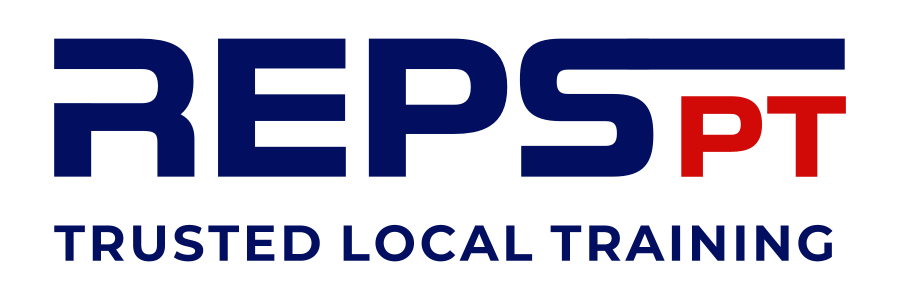The wide stance leg press is a variation of the traditional leg press where the feet are placed further apart on the footplate, typically positioned wider than shoulder-width. This stance places more emphasis on different areas of the legs compared to the standard or narrow stances, especially targeting the glutes, hamstrings, and inner thighs.
Benefits of the Wide Stance Leg Press
-
Increased Activation of the Glutes and Hamstrings: The wide stance leg press primarily engages the gluteal muscles and hamstrings more than a standard stance. By positioning the feet wider, the hips are forced to open more during the press, leading to greater activation of the posterior chain muscles (glutes and hamstrings) and helping to build strength and size in these areas.
-
Enhanced Inner Thigh (Adductor) Activation: The wider foot placement shifts some of the emphasis onto the inner thigh muscles (adductors). These muscles play a key role in stabilising the legs and aiding in the movement, so the wide stance is a great way to develop strength in the inner thighs while also improving overall muscle tone and balance.
-
Better Hip Mobility and Flexibility: Performing the wide stance leg press helps improve hip mobility due to the greater flexion and external rotation of the hips. Over time, this can lead to improved flexibility in the hip region, which is beneficial for movements in sports and general functional fitness.
-
Balanced Lower Body Development: The wide stance offers an alternative to more quad-dominant exercises, providing a way to focus on the posterior chain. This can help create a more balanced lower body, as it ensures the hamstrings and glutes are adequately trained alongside the quadriceps.
-
Reduced Stress on the Knees: While a wide stance increases the activation of certain muscle groups, it also can reduce stress on the knees compared to a narrow stance, as the knees track more naturally along with the angle of the feet. This makes the wide stance leg press a good choice for individuals who want to avoid excessive knee strain.
-
Greater Activation of Stabilising Muscles: The wider stance requires more stability from the body, including the core and the muscles around the hips. This can help improve overall functional strength, as these stabilising muscles need to engage to keep the body in proper alignment throughout the movement.
Form for the Wide Stance Leg Press
-
Positioning:
- Sit on the leg press machine with your back fully supported. Position your feet wider than shoulder-width apart on the footplate, with your toes pointing outward at a slight angle (around 45 degrees). This wider stance will allow for deeper flexion in the hips and knees.
- Ensure that your knees are aligned with your toes, which should be pointing in the same direction throughout the exercise.
-
Foot Placement:
- Place your feet flat on the footplate, making sure they are positioned symmetrically so that both feet are evenly placed on either side. Your feet should be positioned wider than shoulder-width apart and angled slightly outward.
- This foot placement encourages greater activation of the glutes, hamstrings, and inner thighs.
-
Grip:
- Hold onto the handles or armrests of the machine for stability during the movement. Keep your torso firm and your core engaged to maintain proper posture throughout the press.
-
Execution:
- Begin by pushing the weight upward, straightening your legs but avoiding locking your knees at the top of the movement. Keep the movement controlled throughout the exercise.
- As you lower the weight, allow your knees to bend at a natural angle, ensuring they track in the same direction as your toes. The knees should not cave inward or push outward excessively.
- Inhale as you lower the weight and exhale as you press the weight back up, focusing on the engagement of your glutes and hamstrings.
-
Posture:
- Keep your back pressed firmly against the seat throughout the entire range of motion, maintaining a neutral spine.
- Engage your core to prevent any arching in your lower back and avoid using momentum to push the weight.
-
Range of Motion:
- Lower the weight until your knees reach approximately a 90-degree angle, or slightly deeper if comfortable. Do not allow your knees to collapse inward or extend past your toes.
Key Tips
- Start with a lighter weight to ensure proper form, especially if you’re new to the wide stance variation. Once you’re comfortable with the movement, you can increase the resistance gradually.
- Control the movement both when pressing the weight and when lowering it. This helps maximise muscle engagement and minimise the risk of injury.
- Keep your feet firmly placed on the footplate throughout the exercise to avoid any imbalance or strain on the ankles.
- Be mindful of your knee alignment—ensure that your knees stay in line with your toes and do not cave inward.
- Breathe steadily, inhaling as you lower the weight and exhaling as you push it back up to the starting position.
Incorporating the wide stance leg press into your training routine can help develop strength in the posterior chain, improve flexibility and hip mobility, and enhance overall leg muscle balance. By focusing on proper form and gradually progressing with resistance, this variation can contribute significantly to your lower body strength and muscle development.

